Refer to the exhibit.
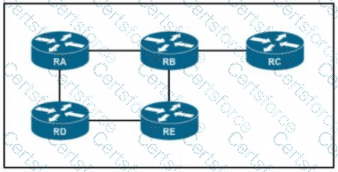
If RC is a stub router, which entry must be injected so that it will send traffic outside the OSPF domain?
Refer to the exhibit:

Which configuration prevents the OSPF neighbor from establishing?
After you analyze your network environment, you decide to implement a full separation model for Internet access and MPLS L3VPN services For which reason do you make this decision?
A network engineer must enable the helper router to terminate the OSPF graceful restart process if it detects any changes in the LSA. Which command enables this feature?
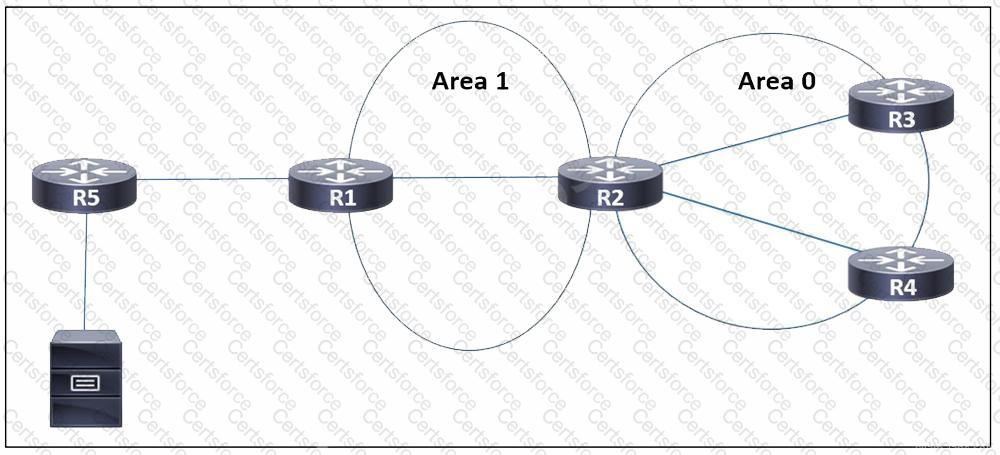
Refer to the exhibit. EIGRP is running between routers R5 and R1, and OSPF is used in the rest of the network. Users in a network attached to router R3 need to access a server connected to R5. Which task must the engineer perform so that only the users attached to R3 are able to access the server, but no other network is shared to OSPF?
The network team is planning to implement IPv6 on the company’s existing IPv4 network infrastructure. The network currently uses IS-IS to share routes between peers. Which task must the team perform so that IS-IS will run in multitopology mode on the updated IPv6 network?
What is a feature of model-driven telemetry?
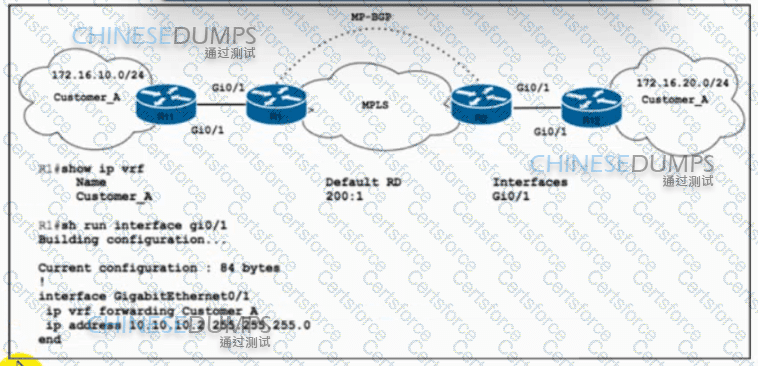
Refer to the exhibit. Customer_A asked ISP_A to connect two offices via an MPLS L3 VPN. Customer_A is currently using only the default route toward ISP_A. The engineer at ISP_A already configured the ip route vrf Customer_A 172.16.10.0 255.255.255.0 10.10.10.1 command on R1. Which action completes the configuration?
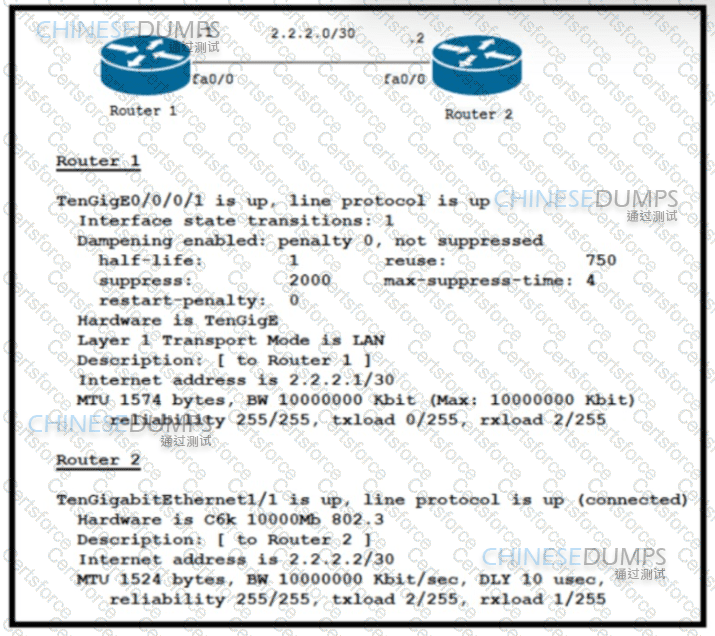
Refer to the exhibit. Router 1 and Router 2 were installed in the data center. Router 1 is the core router in the network, but it fails to establish an OSPF peering with Router 2. and customer traffic is unable to pass. Router 1 also reports an increase in CPU and memory usage. However, the CPU for R2 is stable. Which action resolves this issue?
Refer to the exhibit:

After implementing a new design for the network, a technician reviews the pictured CLI output as part of the MOP.
Which two statements describe what the technician can ascertain from the ImpNull output? (Choose two.)
Which characteristic describes prefix segment identifier?
What is the difference between SNMP and model-driven telemetry?
How do CSC VPN services use BGP to support connectivity between customer sites?
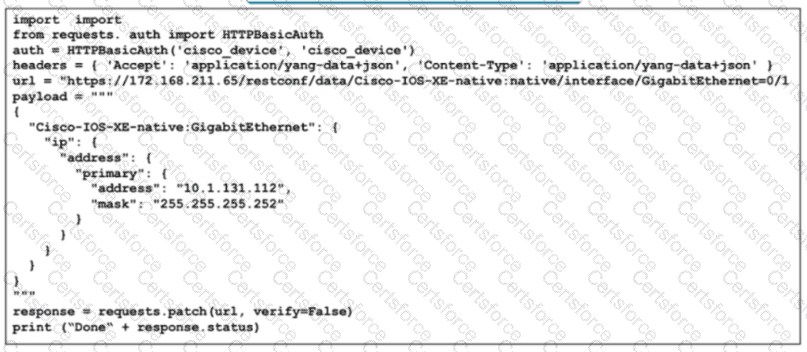
Refer for the exhibit. To optimize network operations, the senior architect created this Python 3.9 script for network automation tasks and to leverage Ansible 4.0 playbooks. Devices In the network support only RFC 2617-based authentication What does the script do?
Which Cisco Software OS uses microkernel architecture?